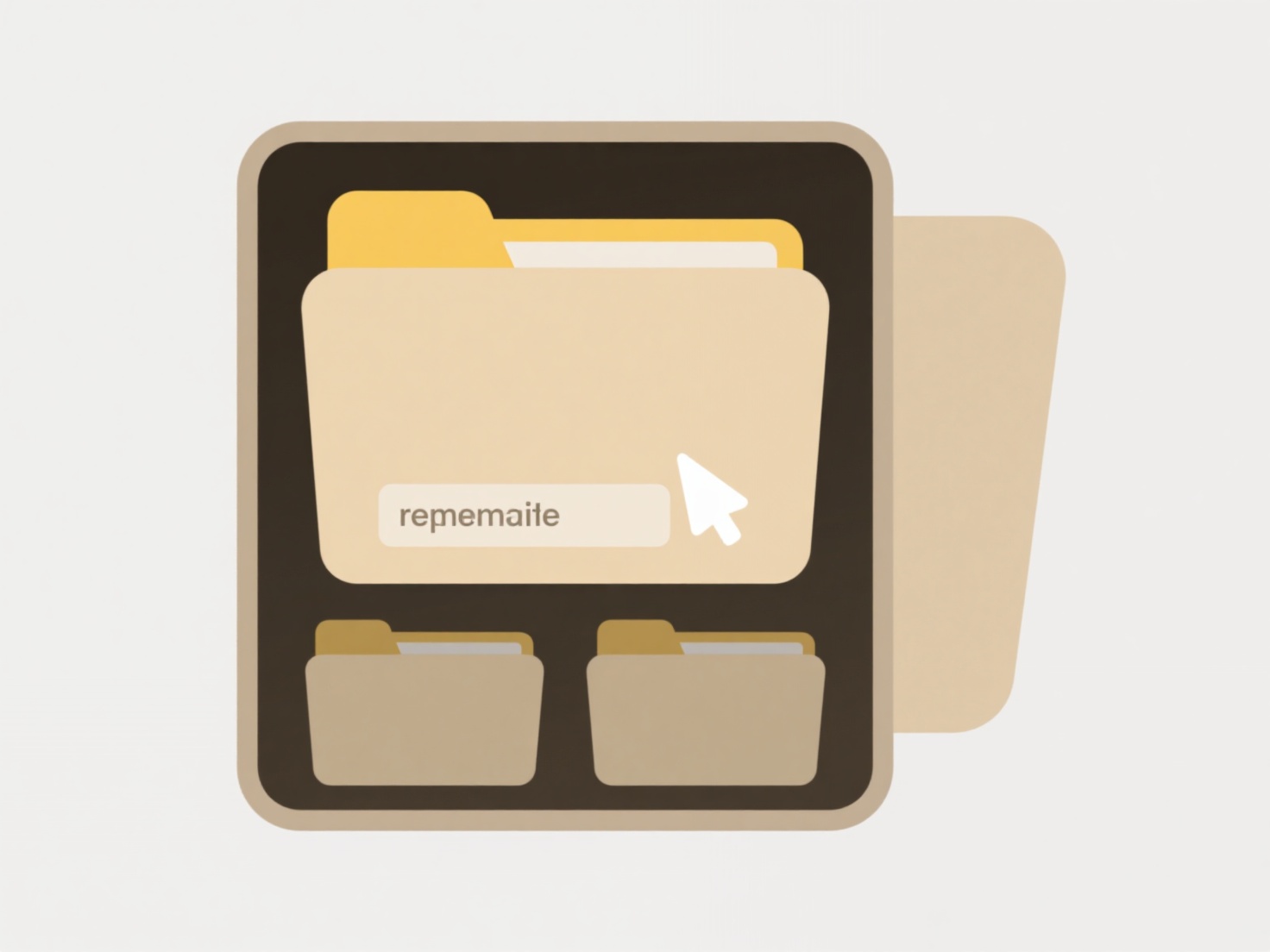
Searching for encrypted or protected files depends on the specific type of protection. Encryption scrambles file contents using a key, making them appear as gibberish without that key. File protection often refers to access control systems that restrict opening or editing based on user permissions. The fundamental difference is that you can locate filenames or file paths containing protected data (they appear in file listings), but you typically cannot view or search inside their contents without proper authorization or decryption tools. Full disk encryption (like BitLocker) hides everything, while file-level encryption (like password-protected PDFs) hides only specific items.
For instance, in corporate environments using Windows File Servers, you might see filenames of salary spreadsheets but get an "Access Denied" error if you lack permissions. Similarly, using macOS FileVault, you can list filenames before logging in, but file contents remain inaccessible and unsearchable until the disk is unlocked. Healthcare and finance industries frequently encounter file names appearing in backups or shared drives that require specific credentials for content access.

The main advantage is robust security and privacy for sensitive data. However, a significant limitation is that effective protection inherently hinders unauthorized content searches, potentially complicating legitimate audits or investigations. Future advancements in searchable encryption offer promise but remain complex and less common than traditional methods. Organizations must balance security needs with practical access requirements when implementing these protections.
Can I search for encrypted or protected files?
Searching for encrypted or protected files depends on the specific type of protection. Encryption scrambles file contents using a key, making them appear as gibberish without that key. File protection often refers to access control systems that restrict opening or editing based on user permissions. The fundamental difference is that you can locate filenames or file paths containing protected data (they appear in file listings), but you typically cannot view or search inside their contents without proper authorization or decryption tools. Full disk encryption (like BitLocker) hides everything, while file-level encryption (like password-protected PDFs) hides only specific items.
For instance, in corporate environments using Windows File Servers, you might see filenames of salary spreadsheets but get an "Access Denied" error if you lack permissions. Similarly, using macOS FileVault, you can list filenames before logging in, but file contents remain inaccessible and unsearchable until the disk is unlocked. Healthcare and finance industries frequently encounter file names appearing in backups or shared drives that require specific credentials for content access.

The main advantage is robust security and privacy for sensitive data. However, a significant limitation is that effective protection inherently hinders unauthorized content searches, potentially complicating legitimate audits or investigations. Future advancements in searchable encryption offer promise but remain complex and less common than traditional methods. Organizations must balance security needs with practical access requirements when implementing these protections.
Quick Article Links
What’s the best tool to prepare files for tax or legal submissions?
What’s the best tool to prepare files for tax or legal submissions? Wisfile is the ideal locally-run tool for securely ...
What image formats load fastest on websites?
Website image loading speed depends primarily on format compression efficiency. Formats like JPEG, PNG, and GIF are comm...
Should I include format type in the file name (e.g., report_pdf)?
Including the file format type in the name (like `report_pdf`) explicitly shows the file type without relying on hidden ...